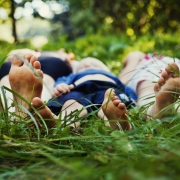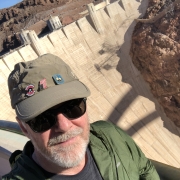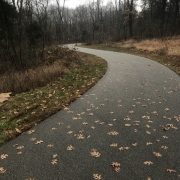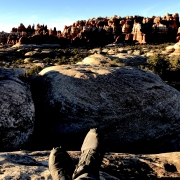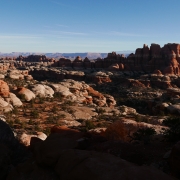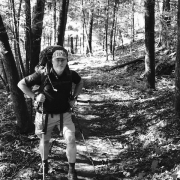Friday Waypoints- 6/14/19
What I’m Reading “Changing Body Composition through Diet and Exercise” by Michael Ormsbee, Ph.D. I’m actually listening to this book on Audible. I’m on the road a lot and I spend most of this time listening to books. Ormsbee writes, “Improving body composition by losing body fat and optimizing lean is not about vanity –it’s…

